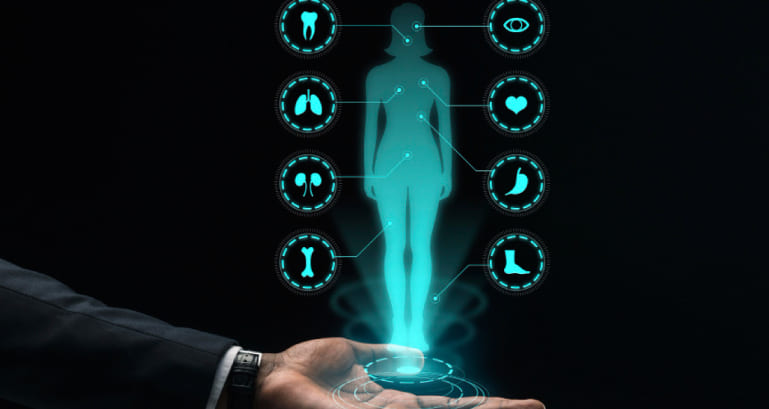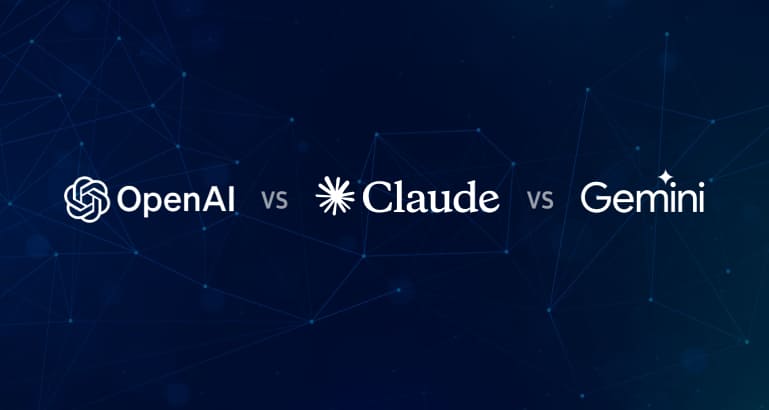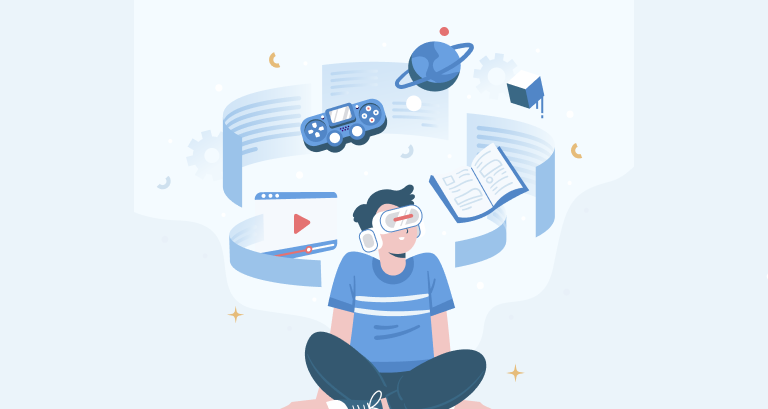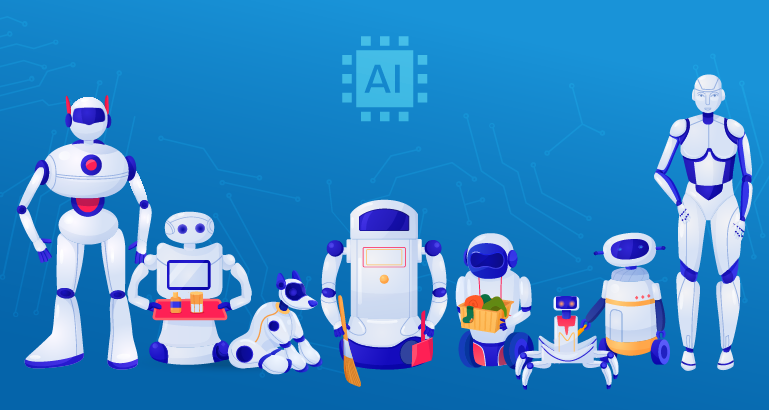Gaming Therapy For ADHD Patients
Introduction to digital therapeutics
Digital therapeutics are a cutting-edge form of medical treatment that leverage digital tools, such as software applications, wearables, and remote monitoring devices, to deliver evidence-based therapies for managing chronic conditions and improving patient outcomes. Unlike traditional forms of medical treatment, digital therapeutics utilize technology to provide interventions specifically designed to address the unique needs of patients in a personalized and scalable manner.
The concept of digital therapeutics revolves around the use of clinically validated software programs or devices that are intended to prevent, manage, or treat a wide range of health conditions, including chronic diseases such as diabetes, cardiovascular diseases, mental health disorders, and more. These digital interventions are typically delivered through mobile apps, web-based platforms, or wearable devices. They are designed to provide patients with engaging and interactive experiences that promote behavior change, self-care, and health management.
Remote Patient Monitoring (RPM):
Remote Patient Monitoring (RPM) is a crucial component of digital therapeutics that involves the use of technology to monitor patients' health remotely, collect data, and transmit it to healthcare providers for analysis and intervention. RPM has emerged as a game-changing approach to healthcare, leveraging advancements in technology to enhance patient care and improve health outcomes.
RPM typically involves the use of wearable devices, sensors, or mobile applications that collect and transmit real-time health data from patients to healthcare providers. This data may include vital signs such as heart rate, blood pressure, blood glucose levels, oxygen saturation, and more. Additionally, RPM can also involve patient-reported outcomes, such as symptoms, medication adherence, and lifestyle behaviors. The collected data is then transmitted to healthcare providers for analysis, allowing them to monitor patients' health remotely and intervene in a timely manner when necessary.
Conditions Suitable for RPM
Some of the conditions that can be effectively managed through RPM include:
- Diabetes: RPM can be used to monitor blood glucose levels, medication adherence, and lifestyle behaviors such as diet and exercise. It can also provide alerts for abnormal readings, allowing for timely intervention and adjustment of treatment plans.
- Hypertension: RPM can monitor blood pressure levels and provide timely alerts for high readings. This can help patients and healthcare providers to manage blood pressure effectively and prevent complications associated with uncontrolled hypertension.
- Heart disease: RPM can monitor vital signs such as heart rate, oxygen saturation, and electrocardiogram (ECG) data, allowing for early detection of any abnormal heart rhythms or signs of worsening heart function. This can help in the management of heart disease and prevent cardiac events.
- Chronic obstructive pulmonary disease (COPD): RPM can monitor lung function, respiratory rate, and oxygen saturation levels in patients with COPD. It can provide early alerts for worsening respiratory symptoms, allowing for timely intervention and management of COPD exacerbations.
- Mental health disorders: RPM can be used to monitor symptoms and behaviors associated with mental health disorders such as depression, anxiety, and schizophrenia. It can help in tracking treatment progress, medication adherence, and identifying early signs of relapse.
Technologies Used in RPM
Remote Patient Monitoring (RPM) relies on a variety of technologies to collect, transmit, and analyze data from patients. These technologies include:
- Wearable devices: Wearable devices, such as smartwatches, fitness trackers, and other sensor-enabled devices, can collect a wide range of health data, including heart rate, blood pressure, oxygen saturation, respiratory rate, activity levels, sleep patterns, and more. These devices are typically worn by patients and can continuously collect data, which is then transmitted to healthcare providers for analysis.
- Mobile apps: Mobile apps can be used by patients to enter and transmit health data, such as symptoms, medication adherence, and lifestyle behaviors. Mobile apps can also provide reminders, alerts, and educational resources to patients, helping them manage their conditions effectively.
- Sensors: Sensors can be used to collect data from various sources, such as blood glucose meters, blood pressure monitors, spirometers, thermometers, and more. These sensors can be connected to devices or integrated into wearable devices or mobile apps to collect and transmit data to healthcare providers.
- Telehealth platforms: Telehealth platforms enable real-time communication between patients and healthcare providers. Through telehealth platforms, patients can interact with healthcare providers remotely, share health data, receive instructions, and receive feedback on their condition. Telehealth platforms can facilitate remote consultations, monitoring, and interventions.
- Data analytics and artificial intelligence (AI): Data analytics and AI technologies are used to analyze the data collected from various sources in RPM. These technologies can identify patterns, trends, and anomalies in the data, allowing healthcare providers to make informed decisions about patient care. AI algorithms can also be used to predict potential health issues, personalize interventions, and optimize treatment plans.
Benefits of RPM
Remote Patient Monitoring (RPM) offers numerous benefits for both patients and healthcare providers. Some of the key benefits of RPM include:
- Improved patient engagement: RPM empowers patients to take an active role in managing their own health by providing them with real-time access to their health data. This promotes patient engagement and encourages patients to actively participate in their care, leading to better health outcomes.
- Enhanced patient-provider communication: RPM facilitates frequent and convenient communication between patients and healthcare providers, even when they are physically apart. This enables timely feedback, clarification, and support, resulting in improved patient-provider communication and stronger patient-provider relationships.
- Early detection of health issues: RPM allows for continuous monitoring of patients' health data, which can enable early detection of changes in health status or worsening of chronic conditions. This allows healthcare providers to intervene proactively and prevent complications, leading to improved patient outcomes.
- Personalized care plans: RPM provides healthcare providers with real-time data on patients' health status, enabling them to tailor care plans based on individual patient needs. This personalized approach to care can lead to more effective and efficient management of chronic conditions, resulting in better patient outcomes.
- Reduced healthcare costs: RPM has the potential to reduce healthcare costs by preventing hospitalizations, emergency room visits, and other costly interventions. By enabling early detection of health issues and timely interventions, RPM can help avoid complications and reduce healthcare utilization, resulting in cost savings for both patients and healthcare providers.
- Better clinical outcomes: RPM has been shown to improve clinical outcomes in several chronic conditions, including diabetes, hypertension, heart disease, and COPD, among others. Studies have shown that RPM can lead to better disease management, improved medication adherence, and better control of key health parameters, resulting in improved clinical outcomes for patients.
Conclusion
Nu10’s digital therapeutics software solution is designed to be used for pre-op, post-op, and geriatric care, providing near real-time reports and alerts, helping doctors and clinicians to attend to patients on time, reducing code blues, optimize clinical resources. Our solution is easy to use, scalable, and customizable, making it an ideal choice for healthcare providers looking to improve patient outcomes and reduce healthcare costs.
About Author
Dr. Phaneender Aedla
Dr. Phaneender Aedla has over 24 years of experience in handling and managing petabyte-scale data systems. He blends deep technical acumen with strategic vision, and aims to drive intelligent, sustainable innovation through co-creative partnerships that unlock true business value.








